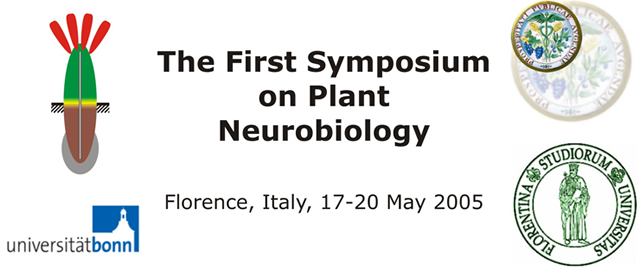
 |
| Ion channels in plants: from DNA sequence to integrative biology |
| Benoît Lacombe |
| Biochimie et Physiologie Moléculaire des Plantes, UMR5004 Agro-M/CNRS/INRA/UMII, Place Viala, 34060 Montpellier Cedex1, France |
| *email: benoit.lacombe@ensam.inra.fr |
|
Processes involved in plant growth,
development and adaptation to changing environmental conditions are frequently accompanied by mass flow of
ions or even electrical signals. Therefore signal perception, transduction or processing in higher plants
significantly relies on the concerted action of receptors, ion channels and pumps. The functional properties of most ion channels cloned in Arabidopsis (and other plants) remain speculative and rely essentially upon sequence homologies with animal channels. The plant Shaker-like K+ channel family is a noticeable exception as this ion channel family has been well characterized at the molecular and physiological level. As their animals homologues, the so-called Shaker-like plant K+ channels are made of four a -subunits. Nine genes in Arabidopsis encode such polypeptides, which display the typical structural scheme with 6 transmembrane segments and one P-domain. In heterologous expression systems (Xenopus oocytes, Sf9 insect cells, COS cells, yeast) these genes yield K+ selective channels featuring both absence of inactivation and voltage-gating and are therefore capable of contributing as well to sustained K+ transport as to excitability. These channels can be sorted in 4 functional groups: (i) inwardly-rectifying (KAT1, KAT2, AKT1, SPIK), (ii) outwardly-rectifying (SKOR and GORK), (iii) weakly inwardly-rectifying channels (AKT2), and (iv) regulatory subunit (AtKC1). An overview of the current knowledge of these different subunits will be presented. A special emphasis will be given on the approaches that have allowed to decipher their role in planta: cloning, heterologous expression, expression pattern, regulation at the transcriptional/post transcriptional level and characterisation of knock-out mutants. Finally, the role of other proteins in the macromolecular assembly and regulation of plant potassium channels will be discussed. |
| [Back] |
Last Update on 06-06-05 by Andrej |
|